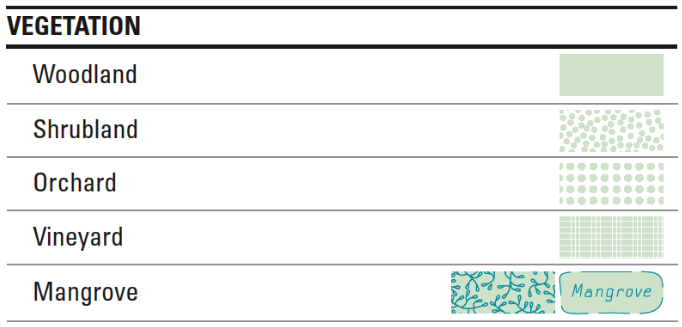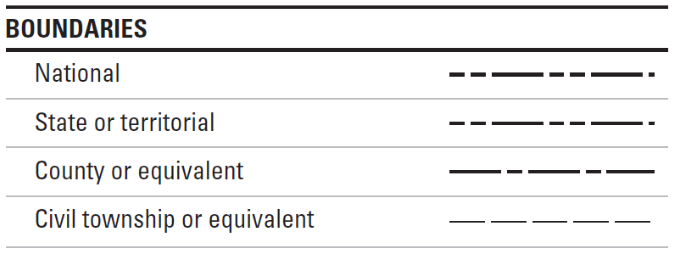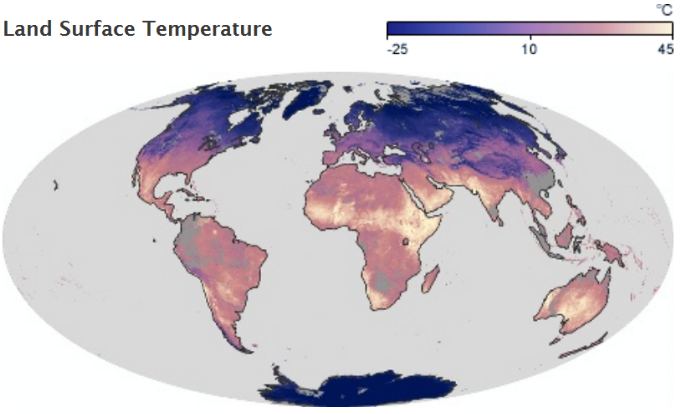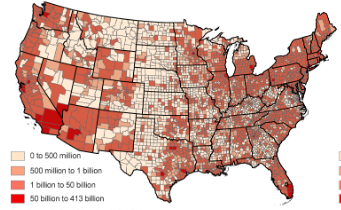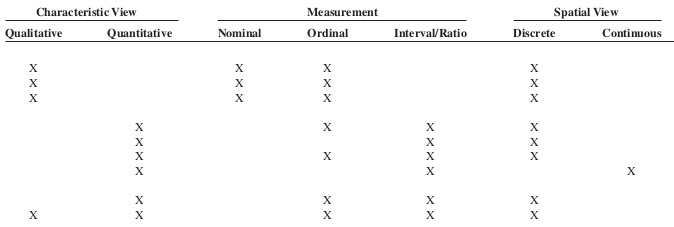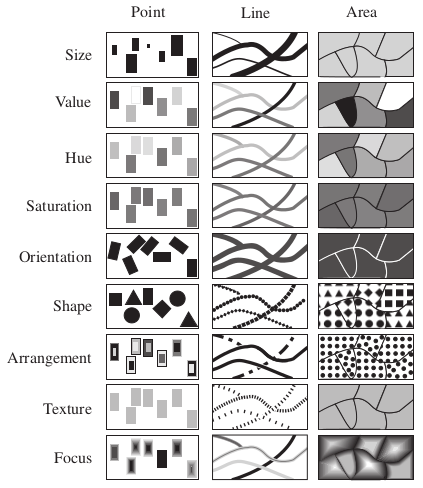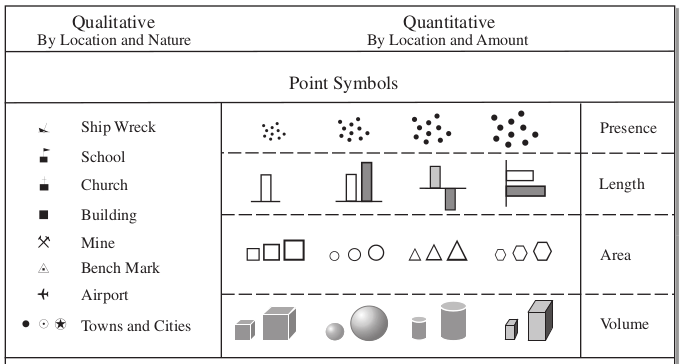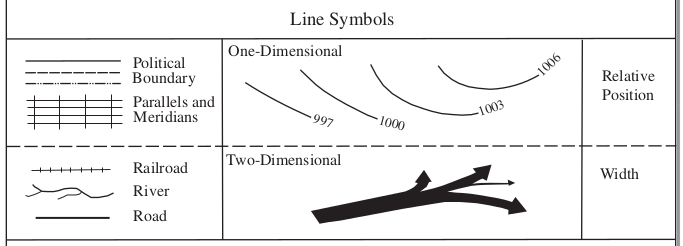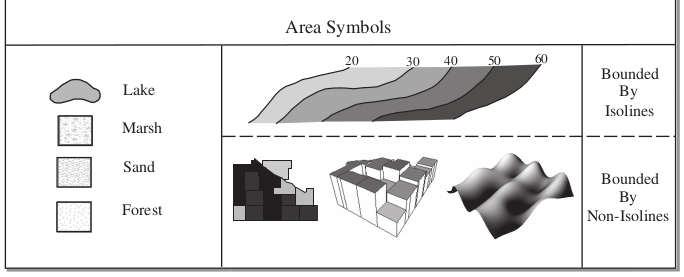S. S. Stevens, said that measurement is the assignment of numerals to things so as to represent facts and conventions about them. Measurement is an attempt to structure observations about reality
Measurement levels listed by order of sophistication;
Nominal-Latin for name only (Republican, Democrat, Green)Ordinal-Think ordered levels or ranks (small-8, medium-12, large-32)Interval-Equal intervals among levels (1 KSh to 2 KSh is the same interval as 88 KSh to 89 KSh)Ratio-Let the "o" in ratio remind you of a zero in the scale
Importance of measurement scales
helps to choose the symbolization methodsidentify the thematic map type
